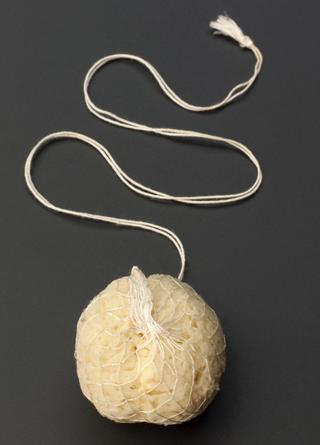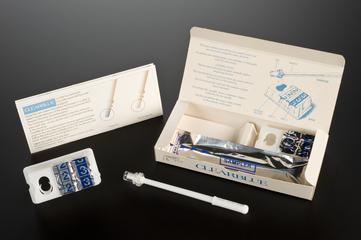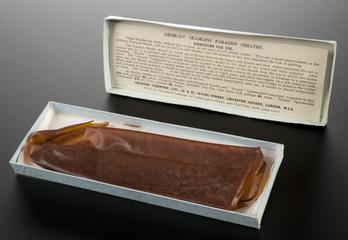
Uterine curette, England, 1871-1900
- maker:
- Krohne and Sesemann




Curette, uterine steel, copper-plated handle, by Krohne and Sesemann, English, late 19th century
A curette takes samples from the uterus, vagina or rectum. This is done to diagnose diseases such as cancer. The curette consists of a long hollow shaft ending in a small spoon-shaped scoop. This was passed into the uterus and a sample scraped from the uterine wall. The instrument’s design has changed little over time. It is still used today.
Details
- Category:
- Obstetrics, Gynaecology & Contraception
- Collection:
- Sir Henry Wellcome's Museum Collection
- Object Number:
- A610272
- Materials:
- steel (copper-plated)
- Measurements:
-
overall: 250 mm x 18 mm .037kg
- type:
- curette




